Patching holes in concrete before painting
treeleaves
9 years ago
Related Stories

HOUSEKEEPINGQuick Fix: How to Patch a Drywall Hole
Dents and dings disappear, leaving your walls looking brand new, with this fix that even a novice can do
Full Story
DECORATING GUIDESWhat You Need to Know Before Painting Brick
Sure, painted brick can be a great look. But you need to take some risks into account. Here's how to paint brick like a pro
Full Story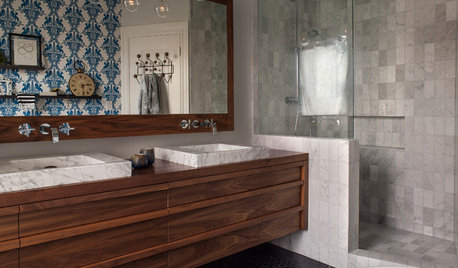
BEFORE AND AFTERSBefore and After: 19 Dramatic Bathroom Makeovers
See what's possible with these examples of bathroom remodels that wow
Full Story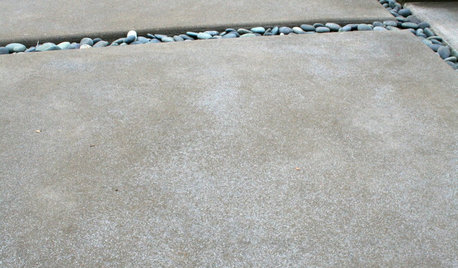
DESIGN DICTIONARYAcid-Etched Concrete
Acid etching prepares concrete to bond with paint, an epoxy or a stain
Full Story
REMODELING GUIDESConcrete Driveways: Poring Over the Pros and Cons
Concrete adds smooth polish to driveways and a sleek look to home exteriors, but here are the points to ponder before you re-surface
Full Story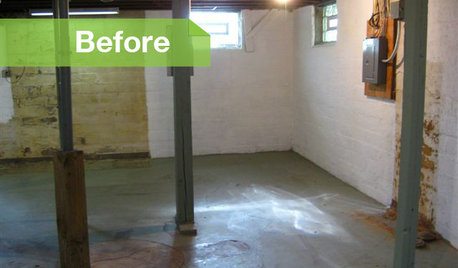
BASEMENTSBasement of the Week: Modern Style Converts an Empty Concrete Box
From raw wasteland to fab living, sleeping and storage space, this snazzy basement now covers all the angles
Full Story
REMODELING GUIDESWhat to Know Before You Tear Down That Wall
Great Home Projects: Opening up a room? Learn who to hire, what it’ll cost and how long it will take
Full Story
REMODELING GUIDES10 Things to Do Before the Renovation Begins
Prep and plan with this insight in hand to make your home remodeling project run more smoothly
Full Story
GREAT HOME PROJECTSWhat to Know Before Refinishing Your Floors
Learn costs and other important details about renewing a hardwood floor — and the one mistake you should avoid
Full Story
BATHROOM DESIGN14 Design Tips to Know Before Remodeling Your Bathroom
Learn a few tried and true design tricks to prevent headaches during your next bathroom project
Full Story

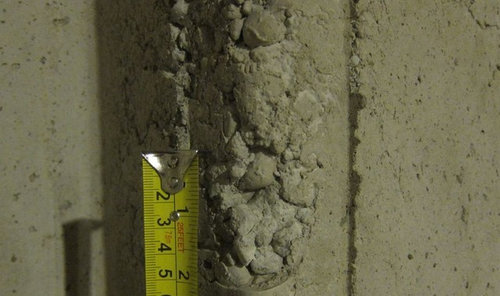
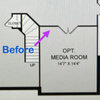
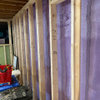
kudzu9
bus_driver
Related Professionals
Abington General Contractors · Clive General Contractors · Jamestown General Contractors · Norman General Contractors · The Hammocks General Contractors · Ann Arbor Architects & Building Designers · Fort Lewis Architects & Building Designers · Johnson City Architects & Building Designers · South Barrington Architects & Building Designers · Franklin Square Flooring Contractors · Greer Flooring Contractors · Indian Trail Flooring Contractors · Monroe Flooring Contractors · Palm Valley Flooring Contractors · Westerville Flooring Contractorsroof35